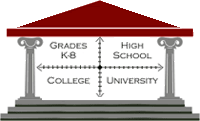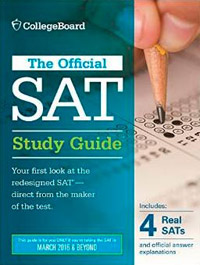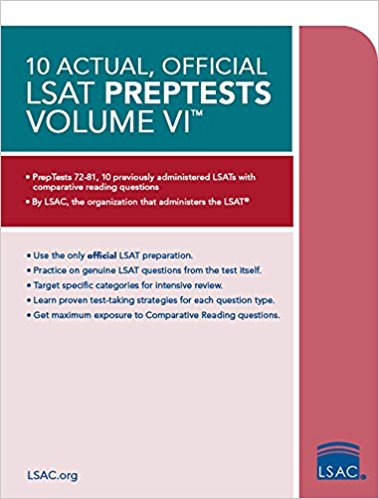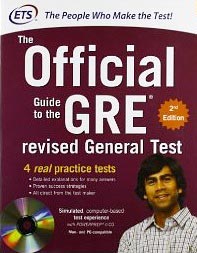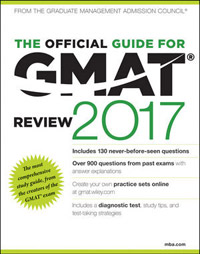|
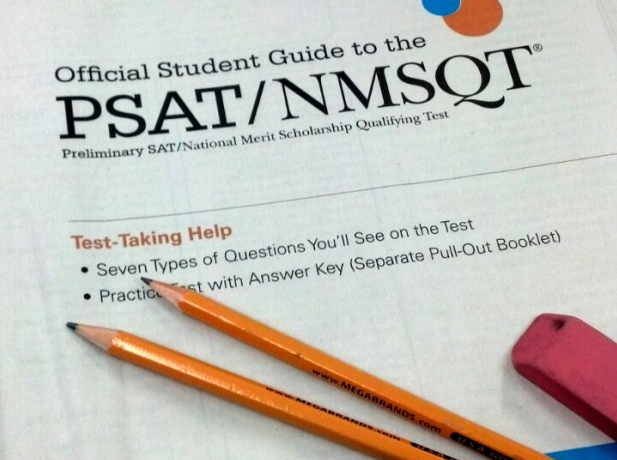
Did you score a 1520 on the October 2015 PSAT? If so, then congrats--you got a perfect score.
The College Board had indicated that the new PSAT would be scored out of 1600 points, but it has recently reversed course and decided to make 1520 the highest score. It has also tinkered with the scores and percentiles by scaling them both upward, most likely in an effort to make the SAT a less intimidating test and to compete with the ACT, the College Board's rival exam. This is welcome news for those of you who are considering taking the new SAT!
It used to be that the PSAT was scored out of 1600 points, and the SAT was scored out of 1600 points. Made sense. Later, the PSAT had 2400 points, and the SAT was out of 2400 points too. Also made sense. To get a sense of what SAT percentiles used to look like on both the 1600 and 2400-point scoring scales, check out this table.
Now, however, the PSAT is out of 1520 and the SAT is out of 1600. Here is a sample PSAT score report so you can get an idea.
You should also examine the new SAT / new ACT / old SAT concordance tables recently published by the College Board, which better explain the relationship between the scoring scales of each exam, including the old 1600-point SAT that geezers like me took decades ago, meaning that you can directly compare your scores to those of your parents.
Scoring the new PSAT and the new SAT on two different scales doesn't make much sense to me from a SAT score prediction standpoint, especially for high-scoring students, but hey, that's just how it is--the decision has already been made. Read the college board's explanation here.
For decades now, the SAT and ACT have been fighting a battle royale. Lately, the ACT has been winning--becoming the more popular exam--because the SAT has had a (well-earned) reputation as the tougher test. Unfortunately, this "thinning of the ranks" has had the effect of making the smaller pool of SAT test-takers even more competitive, driving down percentiles even further, which explains the appeal of the ACT, which has more test-takers and is less competitive, thus providing an easier avenue to a high-percentile score.
The good news is the the College Board has apparently realized this, and has thus decided to raise SAT scores and SAT percentiles across the board. Why? Because curving SAT scores upward by 5-10% allows SAT percentiles to become more directly comparable to those on the ACT.
So what does this mean for you? First of all, to state the obvious, if you're a high-scoring student, then it means that your PSAT score might be a bit lower than your SAT score would be, since the PSAT is capped at a 1520. It also means that the percentiles will be higher than usual. A score of 1170 on the PSAT (typically around 75%) is 87% on this year's test, for example. And a score of 1360 (typically around 94%) is 99/98% on this year's PSAT.
How did this happen? On purpose, of course, and by using some fancy wording. As usual when dealing with a large company, you have to read the fine print. The College Board is no longer giving you an actual percentile of test takers, because it is aware that the SAT is a harder test than the ACT, and as a result, the pool of SAT test-takers becomes more competitive every year. So the Board is giving you something called a "Nationally Representative Sample Percentile" instead, which to me just sounds like a fancy way to raise everyone's percentile scores so high school students won't be afraid of the new SAT.
It's actually a great business idea on the College Board's part to "adjust" SAT percentiles to make them comparable to those on the ACT, since SAT percentiles have been lagging behind their ACT counterparts for more than a decade now. (I have able to personally verify this through my own private tutoring practice by comparing the SAT and ACT percentiles of students who take both exams.)
The College Board is now giving students two percentiles--a "Nationally Representative Sample Percentile," and a "User Percentile," both of which are very lawyerly in their descriptions, and both of which serve as creative ways to inflate SAT scores.
Please note: as far as I can tell, the SAT is putting a much stronger emphasis on the "Nationally Representative Sample Percentile" than on "The User Percentile -- Nation." For example, the PDF versions of PSAT score reports do not mention the user percentile whatsoever, although the detailed online score reports do. The user percentile is normally a few percentage points below the NRSP, depending on where you scored.
Here is what is currently written on the College Board website, word for word, so you can see for yourself (emphasis mine):
"The Nationally Representative Sample percentile shows how your score compares to the scores of all U.S. students in a particular grade, including those who don’t typically take the test.
The User Percentile — Nation shows how your score compares to the scores of only some U.S. students in a particular grade, a group limited to students who typically take the test."
Translation: "we're bumping up your SAT scores and percentiles, in order to reflect the reality that only higher-scoring students tend to choose the SAT. New SAT percentiles will be directly comparable to ACT percentiles, so please don't be afraid of our test."
Also, don't forget that you can log onto your College Board account to check your PSAT scores and review every question on the October 2015 PSAT.
Back to Blog Home
|



